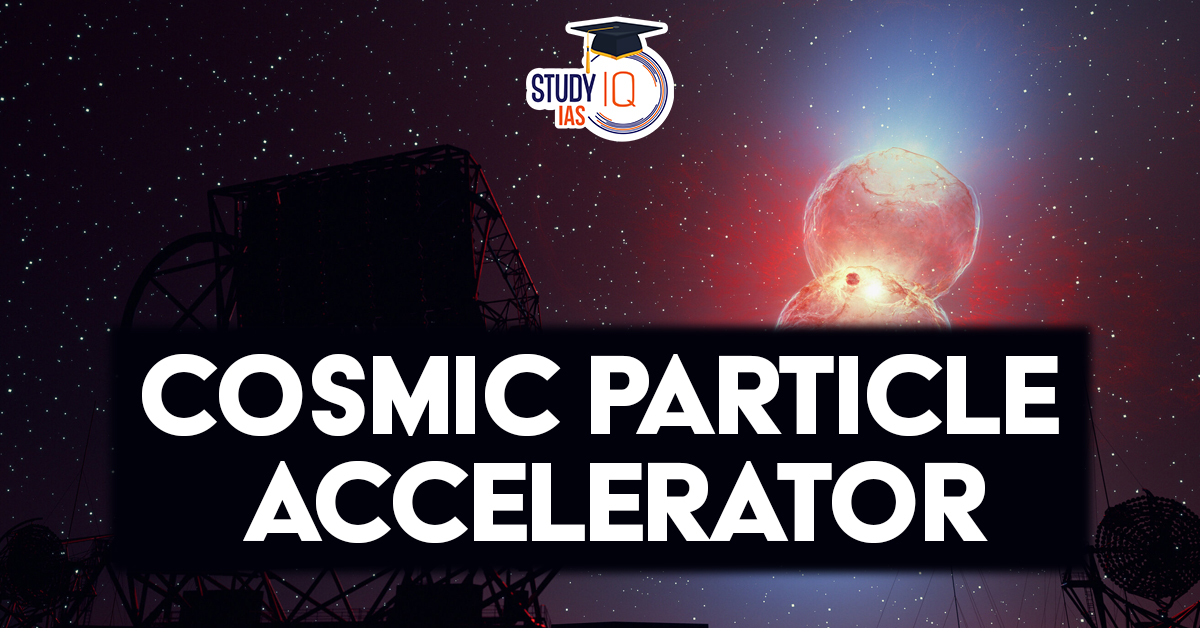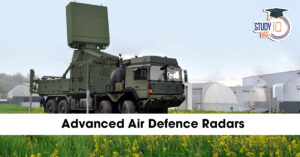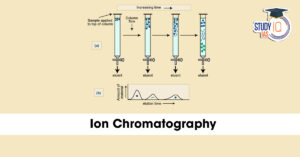Context: Scientists are exploring how tiny space particles, like electrons, gain extreme energy and speed. A recent study published in Nature Communications suggests that shock waves in space may function as powerful particle accelerators.
Cosmic Particle Acceleration: Findings of the Study
Scientists Found an Unusual Event Near Earth
- In 2017, three NASA space missions (MMS, THEMIS, and ARTEMIS) recorded something surprising.
- They noticed that electrons in the foreshock region suddenly gained a huge amount of energy—up to 500 keV (kiloelectronvolts).
- These electrons were moving at 86% of the speed of light. Normally, electrons in this region only have 1 keV of energy.
How Did These Electrons Gain So Much Energy?
Scientists believe that multiple processes were working together:
- Plasma waves (waves of energy moving through space plasma).
- Magnetic structures in the bow shock and foreshock.
- Electromagnetic forces pushing the electrons forward.
Electron Injection Problem
- The Electron Injection Problem is a long-standing mystery in astrophysics related to how electrons in space gain their initial boost of energy before undergoing further acceleration.
- Scientists know that diffusive shock acceleration (a key process for accelerating electrons) requires electrons to already be moving at 50% of the speed of light before they can be accelerated further.
- The problem is: What gives electrons this first push to reach such high speeds?
- In space, particles don’t collide like they do in air or water. Instead, they interact through electromagnetic forces, making it unclear how electrons get this energy boost.
| Related Concepts |
|


 Advanced Air Defence Radars: Types, Comp...
Advanced Air Defence Radars: Types, Comp...
 Ion Chromatography, Working and Applicat...
Ion Chromatography, Working and Applicat...
 Broadly Neutralising Antibodies (bNAbs):...
Broadly Neutralising Antibodies (bNAbs):...

























